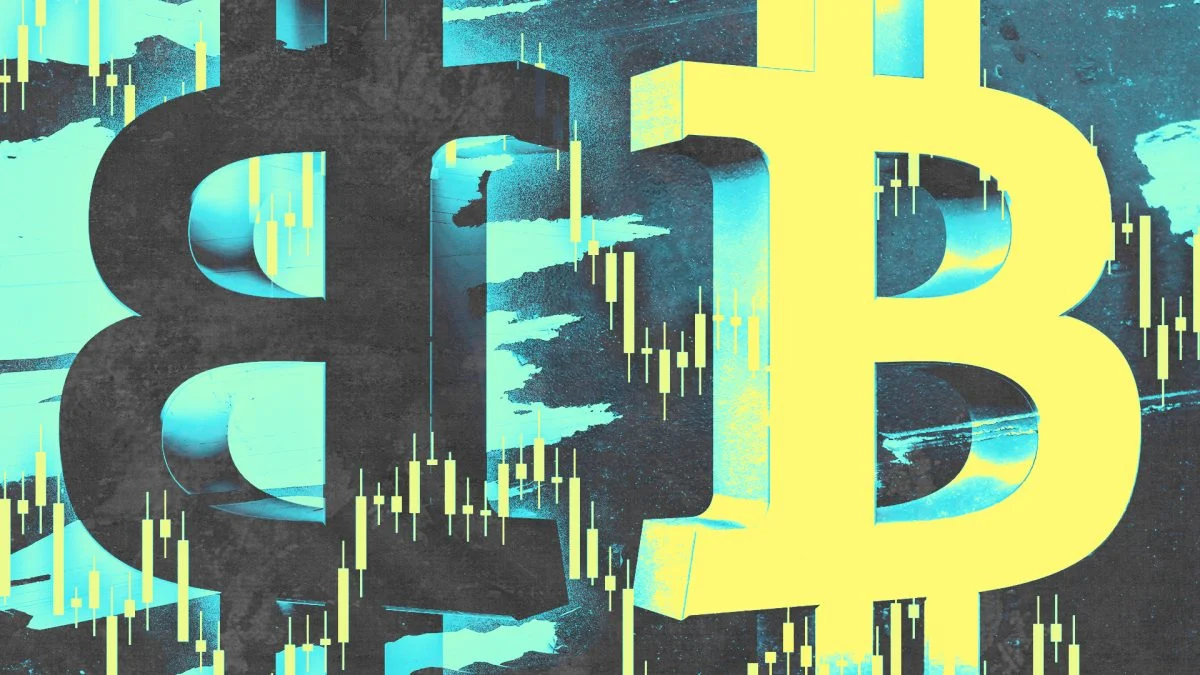The recent bitcoin halving, which took place this past Saturday, hasn’t yet led to the anticipated price surge due to the subsequent reduction in supply. Instead, the world’s leading digital asset has experienced a decline of over 7% in the last seven days, according to data from The Block’s Price Page.
However, one analyst suggests that this recent price correction may be more a result of uncertainties in the broader macroeconomic landscape rather than simply a sell-off following the anticipated effects of the bitcoin halving, which have been factored into the market for several weeks now.
“I believe the correction we’re witnessing is primarily driven by macroeconomic factors, which are also impacting U.S. tech stocks. It’s a combination of revaluation due to higher U.S. interest rates and disappointing tech earnings,” explained Aurelie Barthere, Principal Research Analyst at Nansen.ai, in an interview with The Block.
U.S. inflation continues to climb, with the annual rate reaching 2.7% in March, up from 2.5% in February, as reported by the U.S. Bureau of Economic Analysis. This figure surpassed market expectations of 2.6%, indicating hotter-than-anticipated inflation. Additionally, the core U.S. Personal Consumption Expenditures (PCE) Price Index, which excludes volatile food and energy prices, remained steady at 2.8% annually, exceeding analysts’ projections of 2.6%.
Barthere highlighted that historically, the 250-day period following a halving has been the most robust for bitcoin returns compared to the 115 days leading up to each halving event and the years without halvings.
Bitfinex analysts noted on-chain movements by long-term holders distributing supply before the halving, suggesting that some price expectations were already baked into market conditions. They anticipate current subdued market conditions as the industry enters the traditionally slower summer period.
Jake Ostrovskis, an OTC Trader at Wintermute, emphasized that the halving’s impact on price should be considered from a longer-term perspective. “The halving itself is expected to have a lasting impact rather than serving as a short-term catalyst. The significant demand for calls at $100,000 in December 2024 and $200,000 in March 2025 indicates this long-term outlook,” he remarked.
